
Creating an art portfolio as part of a Fine Art or Visual Art curriculum is an essential skill for students aiming to showcase their development, creativity, and technical abilities. A well-constructed portfolio not only serves as a key for admissions and assessments but acts as a personal archive demonstrating progress and artistic voice over time.
Understanding the Purpose
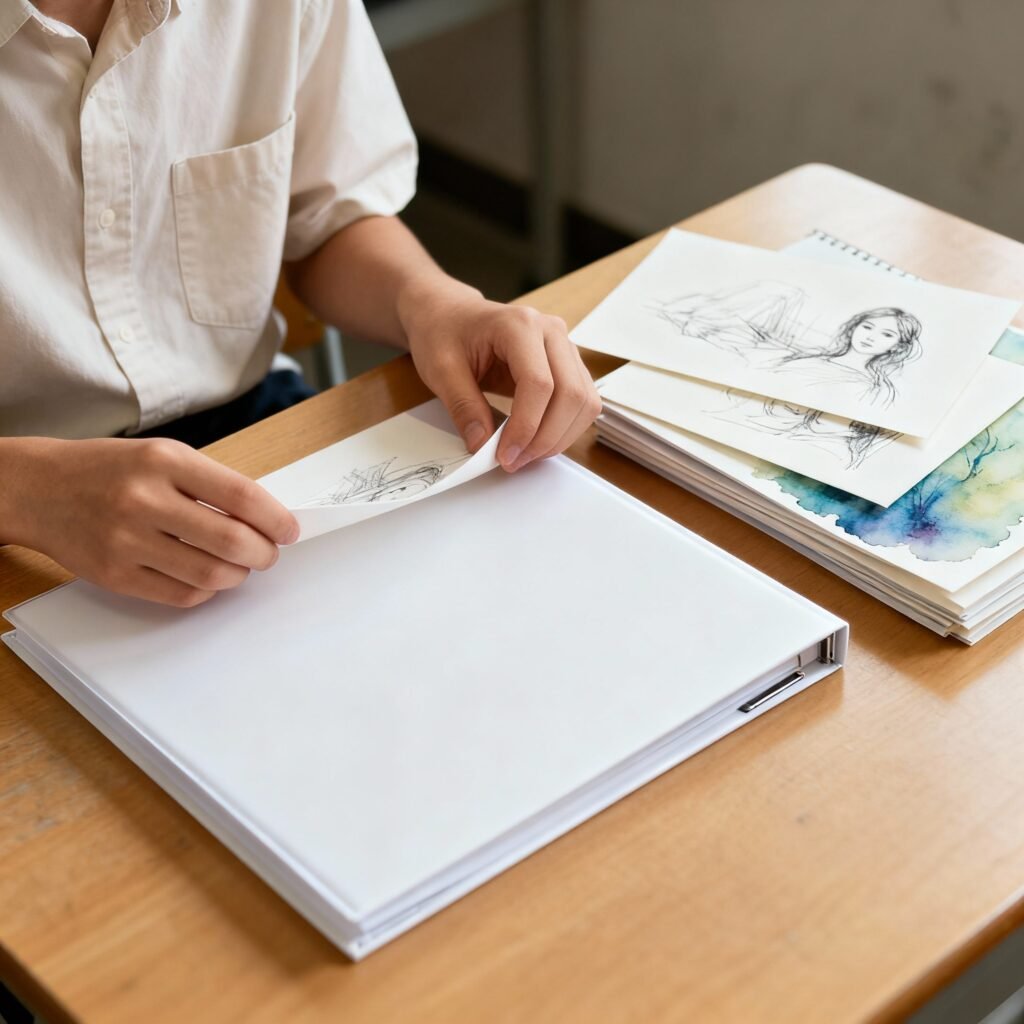
An art portfolio is a curated collection that exhibits your skills, personality, and creative evolution. It reflects your process and final outcomes, revealing your ability to experiment, resolve creative problems, and present successful and unsuccessful ideas. Portfolios matter for both academic progression and professional opportunities.kingseducation+1
Portfolio Structure and Content
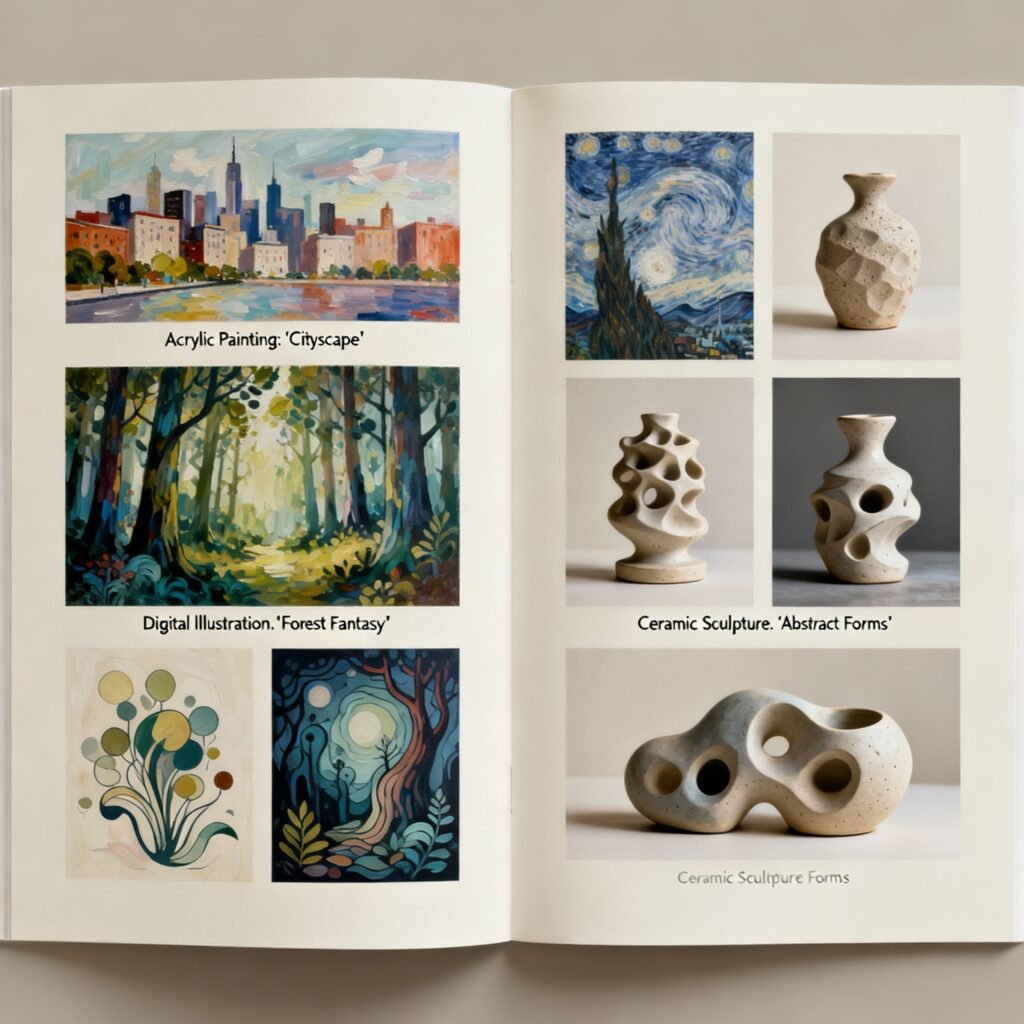
A curriculum-oriented portfolio should include:
- A range of original artworks in different media (drawing, painting, mixed media, sculpture, digital art).art.umbc
- 12-20 pieces for comprehensive programs, typically with observational drawings included.ednetartschool+1
- High-quality documentation (photos, digital scans) where direct inclusion isn’t possible.kingseducation+1
- Sketchbook pages demonstrating process, experimentation, and ideation.studentartguide+1
- Short labels for each work featuring title, date, medium, and brief descriptions about concept and influences.cca+2
- An artist statement summarizing your artistic focus, process, and aspirations.agifineart
Steps for Creating Your Portfolio
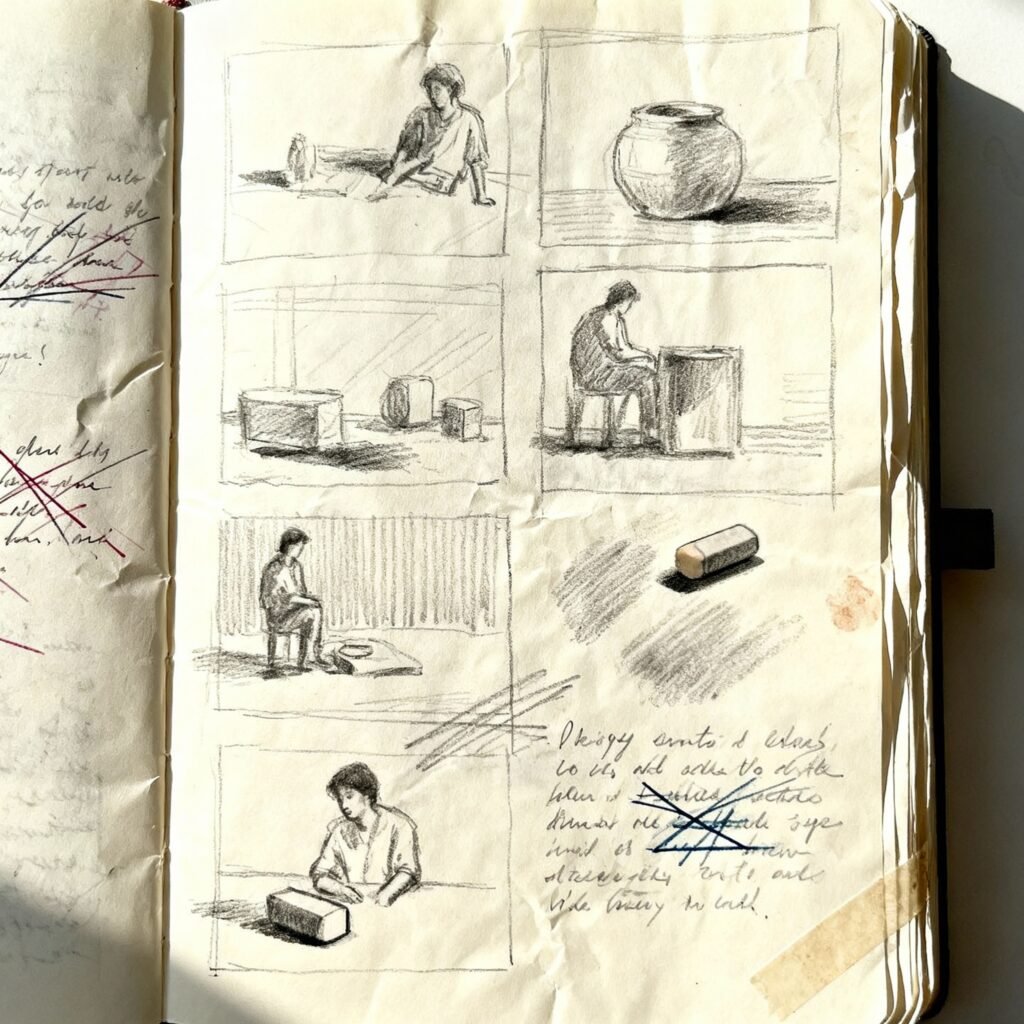
- Read Curriculum Criteria Carefully
Begin by understanding your course/institution’s specific portfolio requirements: number of pieces, formats, required supporting documents, and deadlines. You may need resumes or artist statements alongside artwork.agifineart+2 - Gather and Curate Work
Select strong, original examples that show versatility, technical skill, and creative development rather than quantity. Include works from assignments and personal projects. Avoid including copies, fan art, or derivative works.sothebysinstitute+2 - Show Creative Process
Document your process: sketches, drafts, discarded ideas, and experiments. Feedback from mentors or peers is valuable for refining the selection.art.umbc+1 - Organize Effectively
Arrange works thoughtfully—either chronologically to show growth, or thematically to support your artistic narrative. Label all pieces clearly and keep written content concise.studentartguide+2 - Revise and Improve
Review your portfolio periodically to keep it current, improve presentation, and update older labels or context. Proof written material for errors.kingseducation+1
Presentation Tips
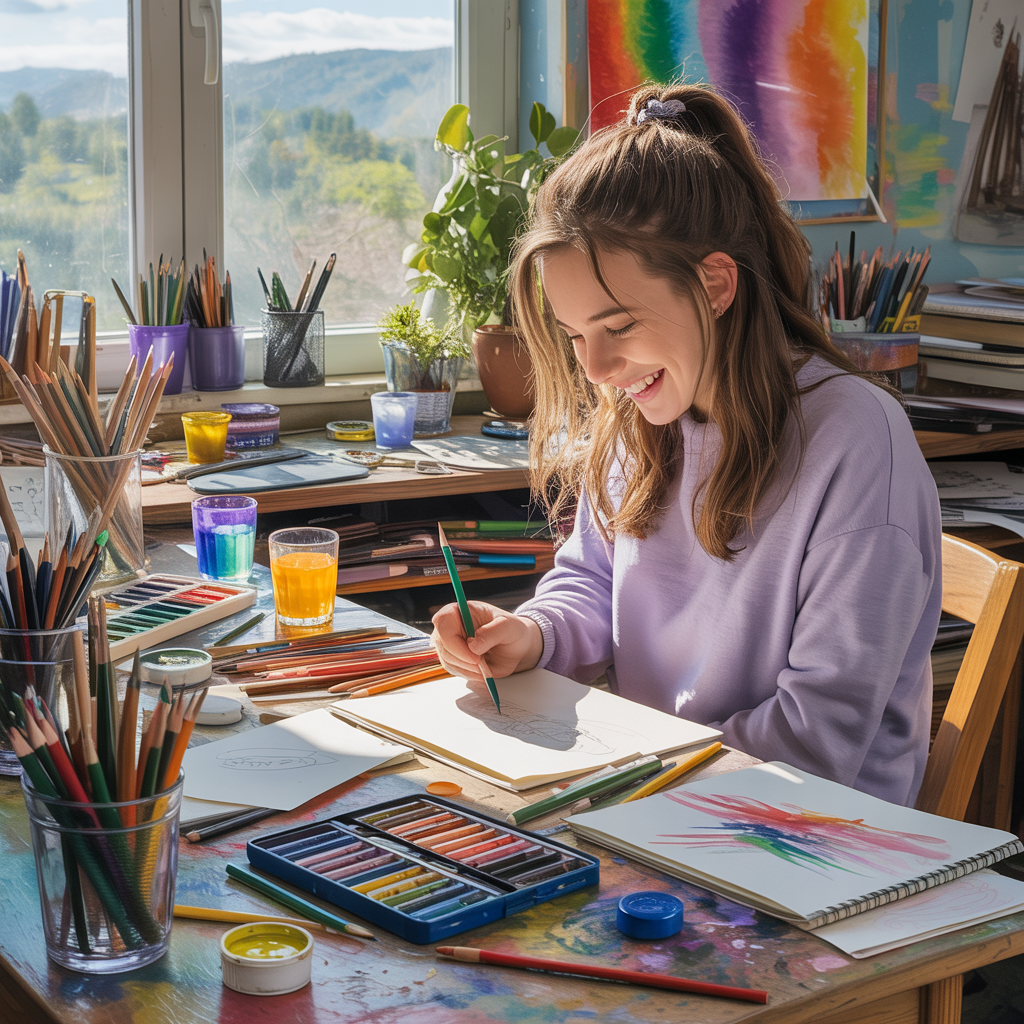
- Use high-quality images for documentation; avoid grainy or poorly lit photos.art.umbc
- For digital portfolios, ensure links work and files open easily.
- Seek feedback, especially from instructors and classmates.
- Include a brief artist statement that connects your selected works to your journey, influences, and future goals.agifineart
Example Portfolio Checklist
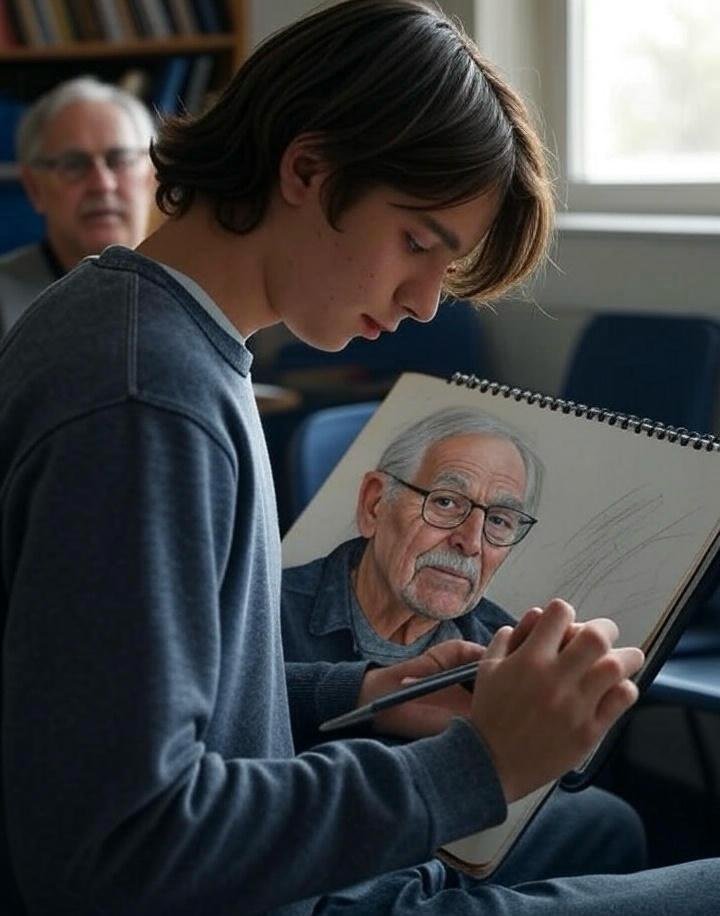
- Minimum 12 finished artworks (include sketchbook studies and final pieces)ivywise+1
- Varied media and technique demonstrations (drawing, painting, design, sculpture, mixed media, digital)
- Process documentation (sketches, experiments, discarded ideas)
- Clear labeling for each item (title, year, medium, short process note)
- Personal artist statement or course reflection
Building a portfolio in an academic context teaches students not just presentation, but thoughtful reflection on their creative journey—a critical foundation for future artistic growth and career success
